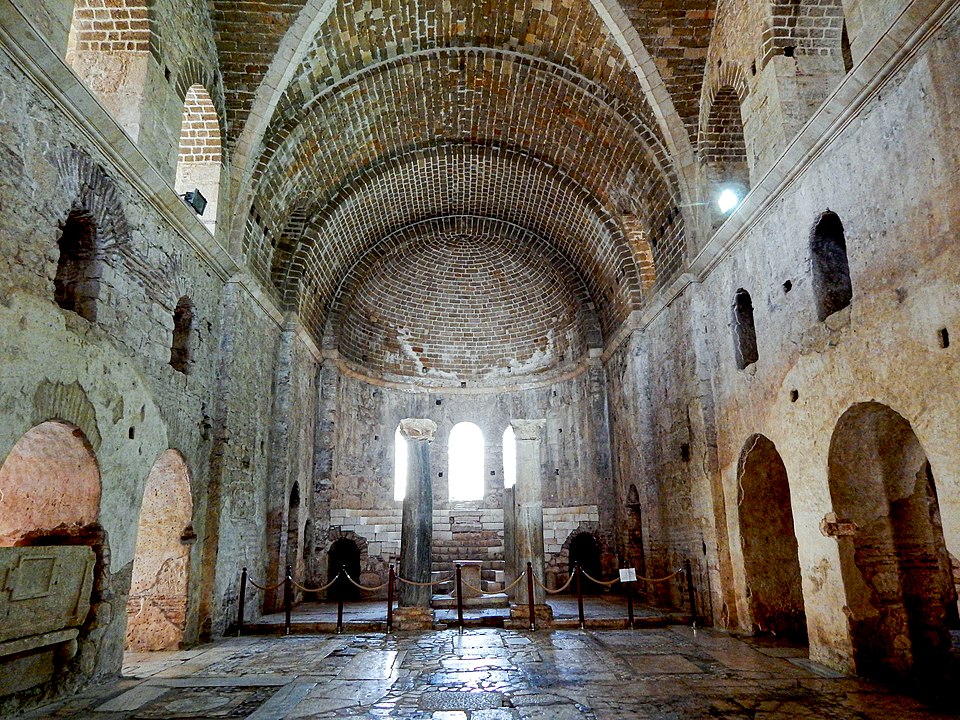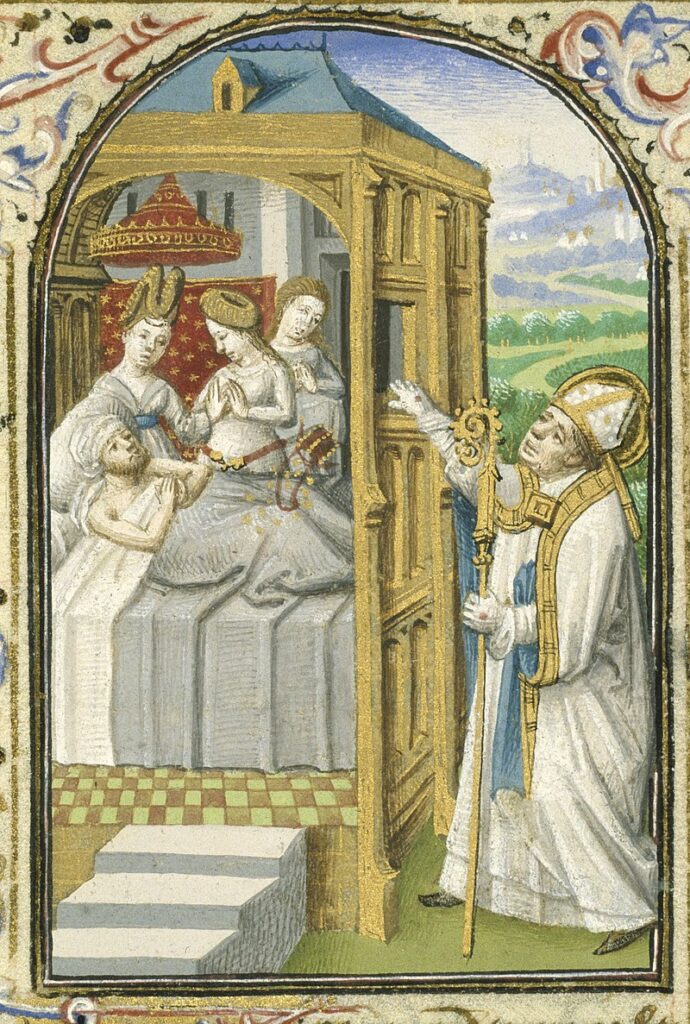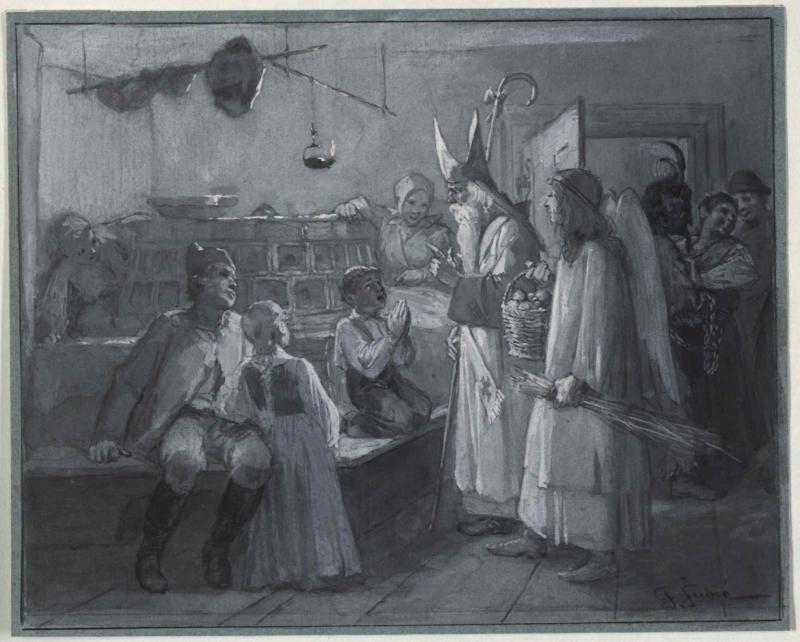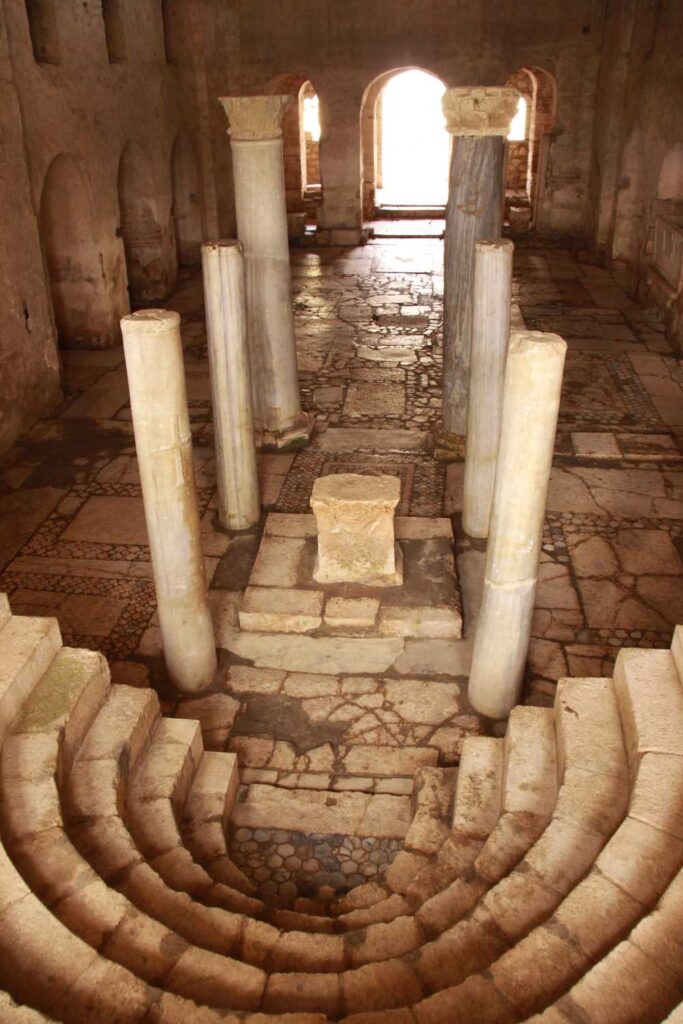In this article we will be focusing on; the life of Saint Nicholas, Saint Nicholas Day, Saint Nicholas Orthodox Church in Demre, the relation of St. Nicholas with the children and the christmas.

When driving from Fethiye to Antalya, following the Lcyians Footprints; particularly the Saint Nicholas, the road follows the sea, descending in some sections suddenly to the sea and then rising into the mountains and the majestic view of the ancient Taurus Mountains is indescribable.
Ancient Lycia
There was and ancient state known as Lycia in this part of Minor Asia. Historians and writers mentioned about this state in the VI century BC. In the chronicles of the Khitites it is mentioned about the Lukka people. The Khitites consider the Lycians to be the local population of Asia Minor. History is rich, in all eras one can learn much about the Lycians. It was the first state to emerge, uniting 23 cities in the region, 7 of which were considered among the largest on the Mediterranean coast.
The capital of Lycia: Xsantos

The capital of Lycia was the city of Xanthos. Other famous cities which were part of this union, other than the capital city were: Patara, Mira, Pinara, Tlos, Olympos. I want to tell you about one of the most important events of this state. It is about St. Nicholas. Unfortunately, the exact date of birth and death are unknown to us, only by stories, chronicles and legends we know that he was born in the III. century AD in the city of Patara. He was born into a very wealthy family: his father was one of the largest grain merchants in the city.
Legend of Saint Nicholas
One of the legends tells: after the urgent prayers of his father and mother, the god decided to send one of his messengers to earth – so St. Nicholas was born. Regardless of the vast fortune his family had, under the influence of his uncle, he became interested in religion very early on. In detail about his life is not told anywhere, only separate episodes of his life and legends have reached us.
When St. Nicholas was still very young, his town was destroyed almost completely earthquake, which were a frequent phenomenon in this region. Little Nicholas was left under the ruins of a church that was under construction. His mother wept bitterly near the ruins of the church, mourning for her son, and he crawled out between the huge blocks of stones alive and without a scratch.
In the city of Myra, the archbishop dies. The priests of the town, after much debate, cannot choose a new archbishop, so they agree that whoever enters the church first the next morning will be the new archbishop. During one of his frequent journeys to the holy lands, on his way back, Nicholas finds himself in the city in the morning and the first thing he does when he comes down from the ship is to pray in church. This determines his further destiny. It turns out that he is the first person to enter the church on that fateful day. The fame of the young man and the miracles he performs have long since spread throughout the world, so all the priests of the city gladly agree with the choice of the archbishop of the city – young Nicholas.
From this moment a new page in Nicholas’ life begins. He renounces all the goods on earth and devotes the rest of his life to God and people. By his deeds during his lifetime he earned the love of all people. Since there is very little data about his life, I will try to write you a few legends that have reached us. During one of his journeys to Palestine and Egypt, the ship on which he sailed, falls into a storm, everyone had already lost hope that they would stay alive: the ship could sink at any moment. One of the sailors falls overboard and dies. St. Nicholas raised his hands to the sky and began to pray. Immediately the hurricane stopped raging, the sea calmed down and the sun appeared. St. Nicholas bent over the dead sailor and said a few prayers….And oh wonders! First the sailor coughed, threw up water, began to breathe and opened his eyes. From that day sailors began to consider St. Nicholas their patron saint, and today sailors before every voyage visit churches and ask for the patronage of St. Nicholas.
There was a period of terrible drought in Mira and the city was in danger of starvation. On the way from Egypt to Bizantion (Istanbul), a ship loaded with corn stopped at the port to stock up on water. Nicholas asked the captain of the ship to leave some of the bags of corn for the people of the city. The captain turned out to be a kind man and gave most of the goods to the people of the town, saving the town from starvation. What indescribable was his surprise when he arrived at Bizantion, all the sacks he had left in Myra were back in their places and the hold was completely full again with the goods. The captain knew at once that St. Nicholas had once more shown his power and kindness by repaying his kindness with his generosity.
During the time of Emperor Diocleitanus(285-304), the Christians were severely persecuted. St. Nicholas himself was shackled and imprisoned for life, but after the death of Diocleitanusa, the Constantine became Emperor. He was converted to Christianity under the influence of his wife. And thus Constantine ordered the release of St. Nicholasas soon as his reign began. One night St. Nicholas appeared in a dream to Constantine and asked him to release all Christians from the prisons. This dream so influenced Constantine that he not only released the Christians from prisons, but also declared Christianity as the official religion of the Empire.
During the gathering of the Christians from all over the world in the city of Nicea (modern Iznik), on the way to one of the guest houses, the owner of the house (butcher) killed three young men and pickled them to sell as ham but the pieces of the young men were founded and brought back to life again by St. Nicholas. He then, cursed the butcher and invoked the wrath of God upon him.
After the death of his father, the entire fortune went to Nicholas. He decided with his vast fortune to help the poor and people in need. There was a rich man in town who had lost all his fortune. He became so poor that he had no money for a dowry, and at that time parents of girls had to give a big dowry for their daughter. The merchant had 3 daughters who were very worried that their father would not be able to give them a dowry and they would not be able to marry.
Nicholas heard the three sisters talking several times under the open window and decided to help the girls without hurting their pride. To get the eldest sister married, he secretly threw a bag of money through the window – that’s how the eldest sister got married. When he decided to help the other sisters, it was already winter and the windows were closed, so Nikolai climbed to the roof of the house and threw two sacks with money through the chimney into the house. Since then there has been a tradition that Santa Claus throws gifts to people through the chimney.

Legends about Saint Nicholas and children

There are especially many legends about St. Nicholas and children. He loved children so much that he could not pass indifferently without stroking them on the head and giving them sweets or fruit. For many years before Christmas he would dress up in a strange red coat, put on a red hat, glue on a white beard and go door to door leaving gifts for poor families. Nicholas was a very modest man and did not want people to know about the person who was giving out these gifts. One year people decided to see who was giving out the gifts. The guards of the town noticed a man in red leaving gifts in front of houses and started chasing him. What was the surprise of the guards when they caught up with the fugitive, took off his beard and recognized the archbishop. Since then it has been a tradition to meet Santa Claus every year.
When is Saint Nicholas Day
It is believed that St. Nicholas died on December 6, 343. After his death, his disciples and worshippers built the Church of St. Nicholas. Christians from all over the world celebrate St. Nicholas Day on this day.
Where is the Church of Saint Nicholas

During the 7th and 11th centuries, the city was frequently attacked and destroyed. During the Arab attack on the land, Italian sailors at the last moment managed to take the relics of the saint, took them to Italy and today the relics are in the Italian city of Bari, where the Church of Saint Nicholas was built, and where the Saint himself was buried. Due to changes in climatic conditions and geography of the region, mountain rivers encircled the area and the port of the city was filled with sand and earth to such an extent that the city became 7 kilometers from the distance of the sea and went to a depth of 9 meters underground, losing its importance and, was doomed to oblivion.
In 1876 Princess Rzhevskaya bought the land, approximately where it was supposed to be located the church and began archaeological excavations. Very soon her efforts were crowned with success. The church has been found under the ground in the whole form, only, a part of a dome has been destroyed. The princess wanted to establish a Russian colony in these places. But very soon in 1877 the Russian-Turkish war began and she was forced to leave the Ottoman Empire.
Today, this place is considered one of the seven holiest places for the Christian world. Worshipers from all over the world come on pilgrimage, and pray to the Saint Nicholas.
